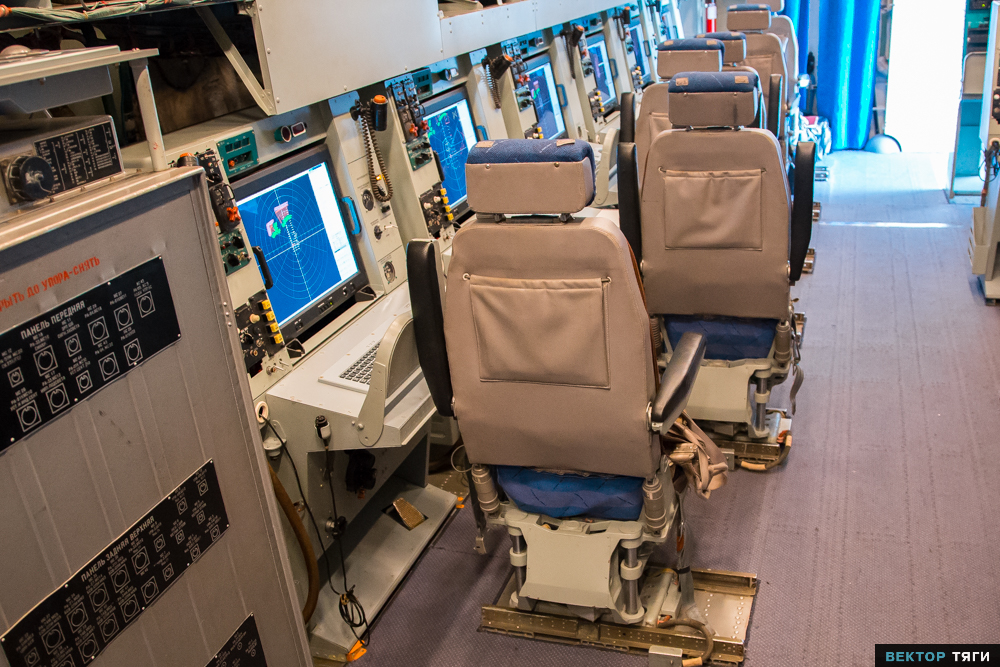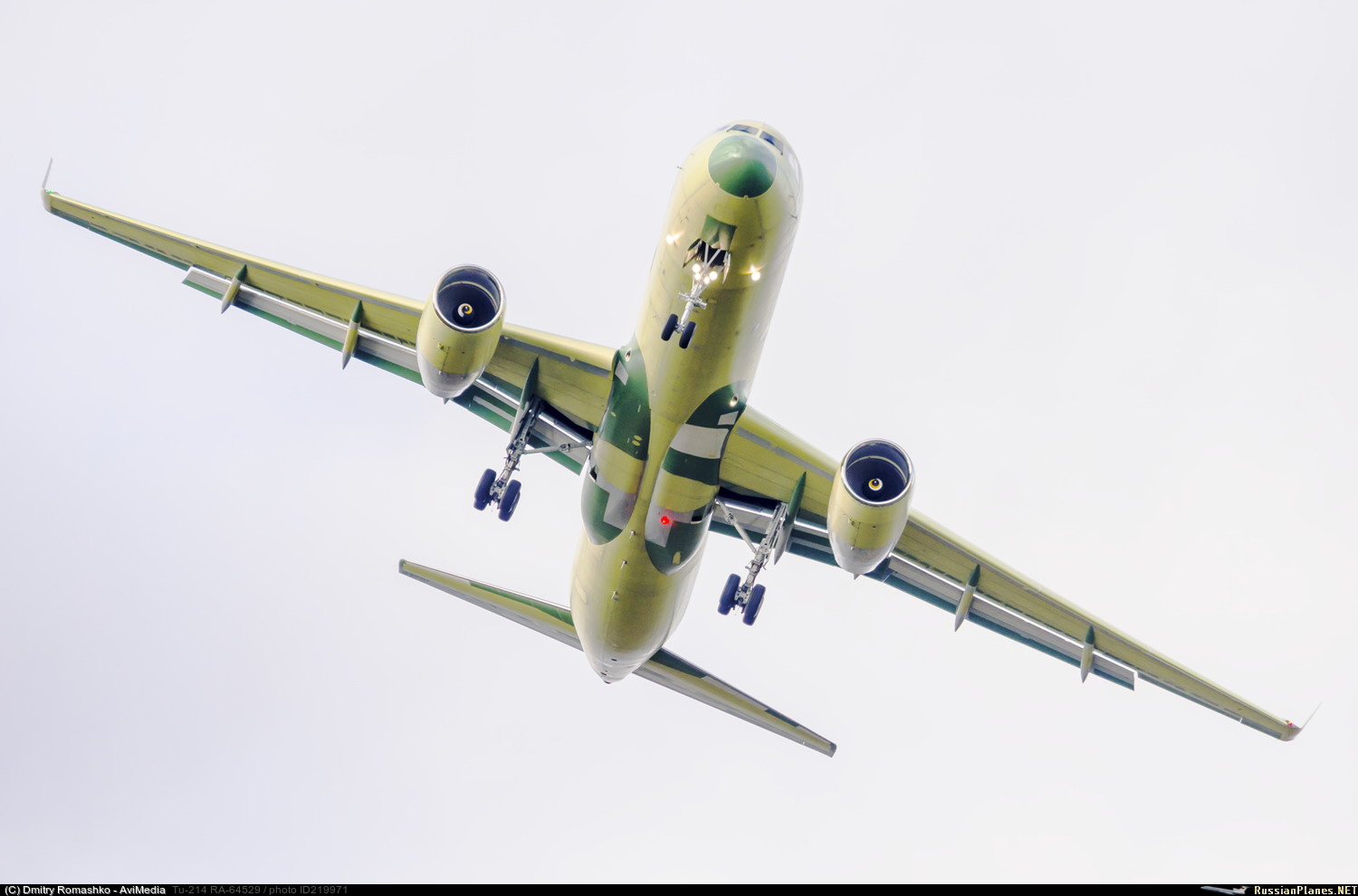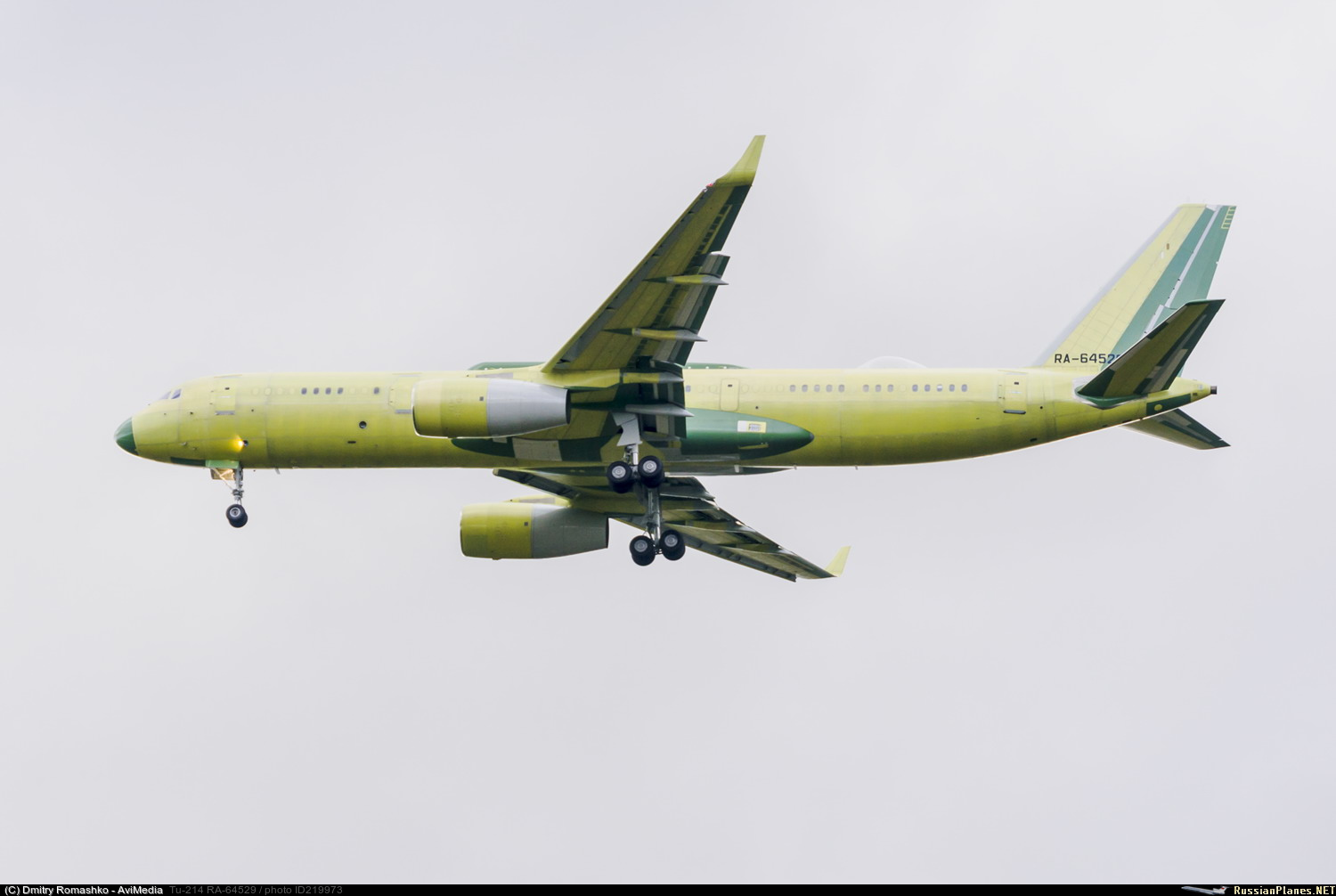 George1 Sat May 13, 2017 5:07 pm
George1 Sat May 13, 2017 5:07 pm
Foreign experts on the aircraft A-100 and A-50 / A-50U
As Piotr Butowski and Antony Angrand write in the article "L'AWACS russe passé aux essais", published by the magazine Air & Cosmos, on April 21, the TASS news agency quoted the director of Vega Concern Vladimir Verbu, who reported that the pilot A -100LL for the first time took off on October 26, 2016, but without radar equipment, after which the aircraft remained on the ground for the purpose of installing target equipment.
A-100LL is an experimental aircraft based on a AWACS A-50 aircraft, transmitted from the presence of VCS of Russia. The prototype A-100, created on the basis of A-100LL, as well as serial aircraft will be produced on the basis of the IL-76MD-90A aircraft, the serial production of which is being deployed in Ulyanovsk. On November 21, 2014, the Ulyanovsk enterprise Aviastar-SP transferred an IL-76MD-90A (serial number 01-03, registration 78651) to Taganrog for conversion to the A-100.
Program A-100 (product PM) began with the signing on June 8, 2006 of the relevant contract. The main contractor is "Concern" Vega "is responsible for the radar of the aircraft. Development of the A-100 also leads and the TANTK them. Beriev, but already under another contract in May 2007.
In 2013, it was decided to finalize the system "Premier", which by that time was not yet ready. The new ROC, which received the name "Premier-476", was launched on November 9, 2013. By this time, some subcontractors have been replaced. Work on the radar at the St. Petersburg enterprise "Leninets" (since 2014 - "Zaslon") was discontinued. The radar for the A-100 began to be developed by Vega Concern in cooperation with the Research Institute of Radio Communication (Rostov-on-Don). Under the contract of 2013, the state tests of the A-100 should begin in November 2017.
Part of the equipment
The A-100 as a whole repeats the appearance of the A-50 AWACS aircraft, which has a radar installed in the rotating fairing over the fuselage. The radar operates in the S-band (wavelength 7.5-15 cm), has an electronic scanning in height and mechanical - along the horizon. The radar makes 12 revolutions per minute, that is, twice as fast as the A-50 Shmel radar. The efficiency of detection of flying targets is also improved. All other systems are also new, among them the navigation and flight control system PNK-PM.
On the fuselage A-100 installed additional antennas, especially noticeable round fairing in the nose, which is supposedly located antenna passive accompaniment. A similar antenna is also available at the rear of the fuselage. Another antenna is located on the side of the fuselage in the area of the fairing of the chassis. Presumably, this is an element of the airborne complex of defense. Like the A-50, the A-100 has a satellite communication antenna in the upper part of the fuselage.
The characteristics of the A-100 can be estimated from its export version A-100E. Its radar is capable of escorting up to 300 targets at a distance of 650 km (for example, a heavy bomber at a high altitude) or 215 km (an EPR target of the order of 1 km.) And control 30 fighters. The aircraft can be in the air up to six hours at a distance of 1000 km from its base. A-100 should replace the existing ARL-50 and A-50U aircraft. Russia has 17 A-50 aircraft based in Ivanovo, 250 km from Moscow.
A-50 and A-50U
By 2017, four A-50s were upgraded to version A-50U with the installation of the Shmel-M system. In comparison with the original version, "Shmel-M" is equipped with a new digital data processing system, which replaced the analog system of the previous modification. This reduced mass and increased reliability. According to some sources, the modernized aircraft can detect up to 150 targets at distances up to 600 km, compared to 45 targets for the A-50. The "Bumblebee" radar with mechanical scanning remained unchanged. The transfer of data was improved by installing LCD monitors instead of cathode ray tubes. Communication and navigation facilities have also been replaced. Unlike the base A-50, the A-50U is equipped with not only a kitchen and restrooms, but also a rest room for the crew. The old D-30KP-2 engines remained on the plane. The only external difference between the two modifications is the small planes in the fairing area of the main landing gear rails. At A-50 they served to protect the radar from reflected signals from the Earth.
http://bmpd.livejournal.com/2607102.html

















